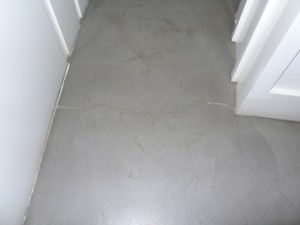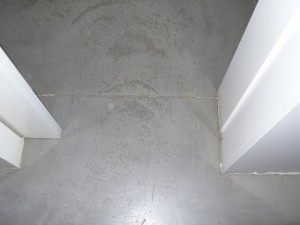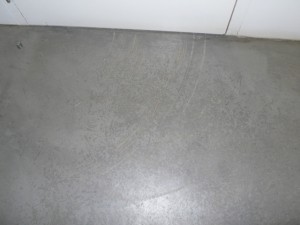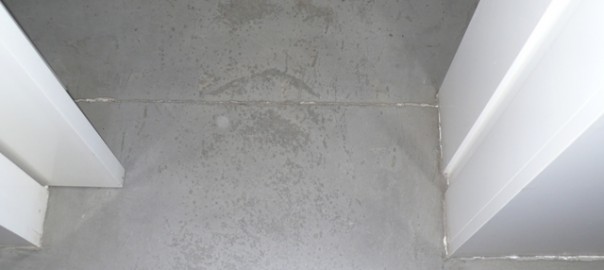Have Polished concrete floors had their day ?
There was a time during the last three years when a lot of clients asked us if we could lay polished concrete floors in their new homes or renovations.
Personally I am not a big fan.
Here is why. The technology is no problem that’s pretty easy to do as long as you get the mix right and control the water content which can be tricky in this hot climate. The other thing that often gets missed is the correct compaction of the ballast underneath the concrete.
Ballast is what you put on top of the earth before you lay the concrete. Typically it would be a layer of broken stone or concrete then a layer of crushed stone which is compacted so that it forms a firm layer on which to put your base layer of concrete on (with reinforcing mesh) and on top of all this goes your decorative concrete layer to provide the polished surface.
If the areas are large you will also need to install expansion joints which are pretty unattractive.
This is what often happens in Portugal.
The over-site (the original earth that is forming the internal house floor) will have sawdust, paper, cardboard, sardine tins and beer bottles strew across it. It will also be very dry, dusty and uneven.
On top of all this rubbish will be laid a layer of concrete probably light on the amount of cement used ( the cement is the expensive part) This will be uneven in depth, have no damp proof course and no expansion joints around the walls or across the larger areas.
It will look fine for the first six months.
The results unfortunately and inevitably will look like this.

What happens is that the very dry over-site will suck the moisture out of the wet concrete which it needs to “cure” or set hard causing the concrete to be weakened.
The detritis, sawdust, paper, cardboard, pieces of wood and sardine tins will rot down causing cavities to be left under the concrete slab.
As the ground underneath will not have been compacted or had a damp proof course installed it will dry our and shrink causing a larger cavity to form which means that the decorative slab of concrete is not properly supported.

The stress will cause it to crack.
These cracks are not superficial they are structural and no amount of filling them will make them disappear.
Another thing to bear in mind is that polished concrete is not very hard or resistant (sounds contra intuitive I know) it scratches and scuffs.
Make sure that furniture is not dragged across the surface and that doors do not rub.

I have to admit polished concrete can look great. Its just that overall I don’t think that you are going to be comfortable living with it for a long time even if it is laid properly.
(NB: the above photographs are NOT of any work carried out by Castelo Construction – thank goodness!)
If you want professional results for your building project in Portugal contact Castelo Construction we will be pleased to give a competitive price for your work.
contact us at info@casteloconstruction.com


